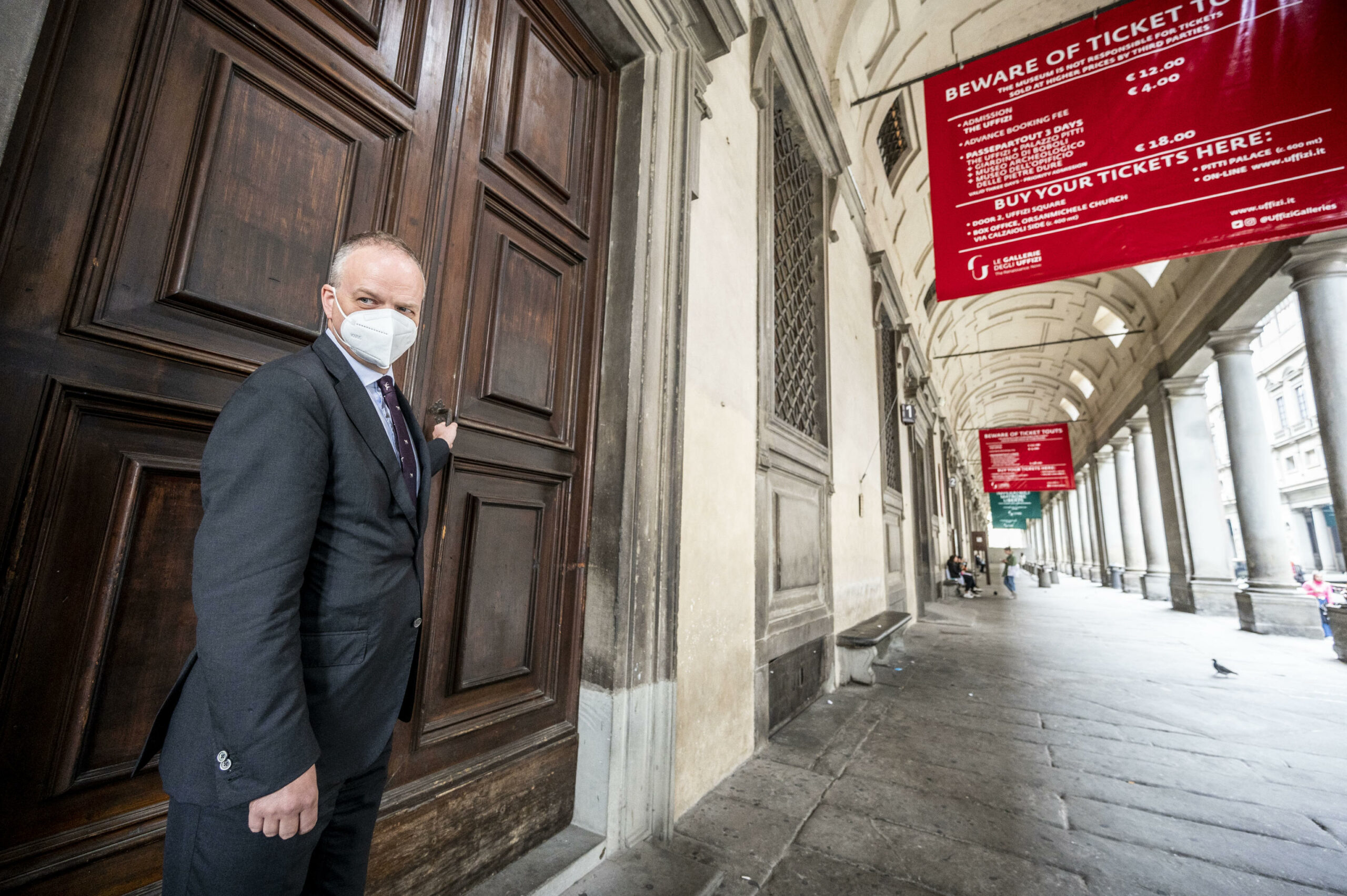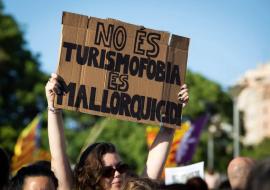Bad News for Tourism Worldwide, Especially for Italy

By Massimo Terracina
After the latest “little lockdown” imposed by DPCM -a premier decree, a sort of law but not voted by parliament, the 22nd of the series- issued on Nov. 3, 2020, the map of prohibitions and limitations for the belpaese is still changing.
Before, the region was divided in three colors: red, orange and yellow, swaying from top to less risks of disease spread.
According to the latest figures on virus spread, five Italian regions have moved from the yellow list to the orange one, and the province of Bolzano (Sued Tirol) suddenly becomes red zone, while Campania is still under check, likely to join Lombardia and Piemonte in the next few hours as top risk areas, in spite of the fact that from the local government has said that the “sanitary system is holding up”.
After three days of referral, following the pandemic situation report in some regions, the Minister of Health signs the order to put the Abruzzo, Basilicata, Liguria, Toscana, Umbria and Bolzano provinces under further restrictions than last week.
From November 11, due to a worsening of the situation -says a statement of the Department of Prevention- the adoption of more restrictive measures, active for a two-week span is justified, but with the perspective to declare those areas as a “red zone”.
Concerning the five regions that turned to “orange”, going in and out of the region will be banned, and so is any movement among municipalities. Only those going to work, for health reasons, to study or in case of extreme needs are allowed.
Schools will remain open for elementary education (5 to 13 year-old kids).
Basically, all the region “governors” agree to terms, waiting for new actions and ready to apply more restrictive measures if needed, according to the spread of pandemic.
The province of Bolzano, one of the highlands in the Alps that was added to the red zone, is under lockdown, unexpectedly.
The epidemiological situation is pretty uncertain: hospital admissions show an increasing trend and, above all, there is an increase in intensive care admissions, so this situation justifies the adoption of more restrictive interventions, especially in the most affected regions. That pushes the decision makers to call for and adopt prudent behavior for all citizens .
Currently, there is an RT -RT describing the rate of contagiousness after the application of measures to contain the spread of the disease- of around 1.7. There are over 500 cases per 100.000 inhabitants and almost all Italian regions are heavily affected.
The only certainty is that this is not over yet.














